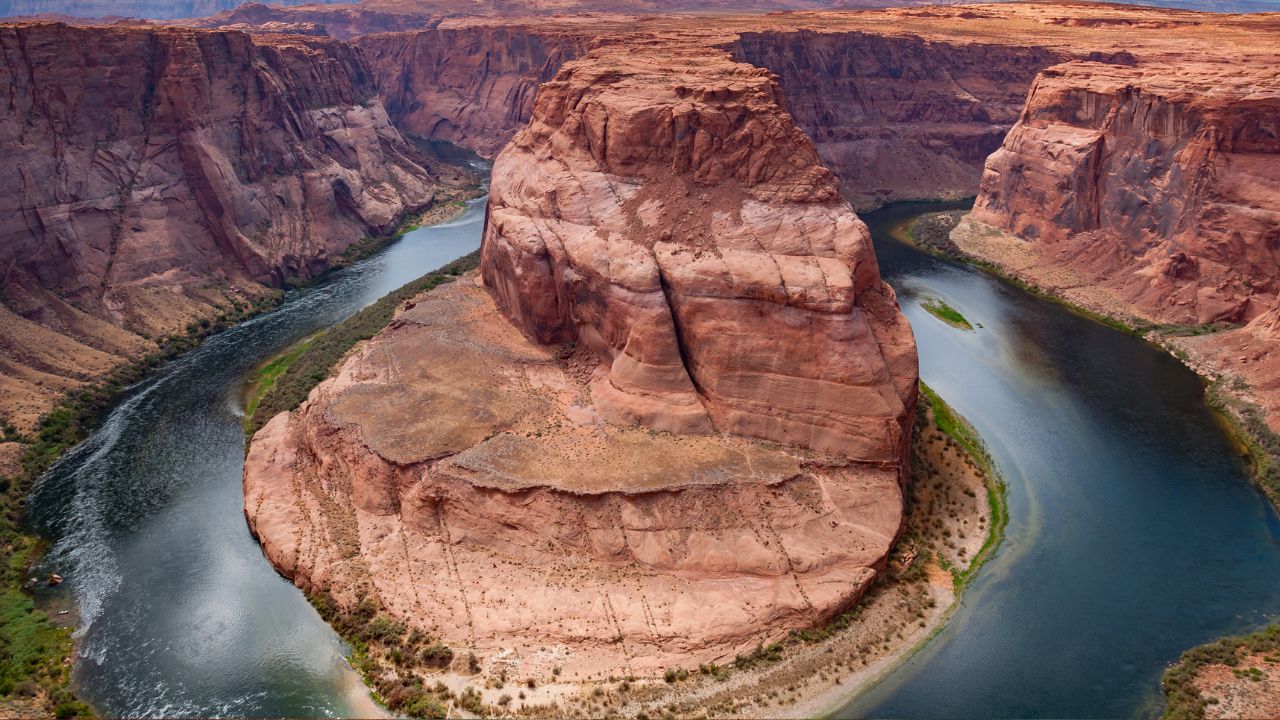
Some people think kayaking is only for elite river runners. There are things to consider when choosing between a kayak or a rafting trip. Some river trips require kayakers to be at a minimum age of eight for doubles and a minimum age of 12 for singles.
Guests must know how to swim if they plan a kayak river trip. Three questions should be asked to determine whether the adventurer meets these requirements.
-
How big do I want the splashes?
-
How adventurous do I want to be?
-
How active do I want to be?
Splashes and Getting Wet
The smaller the craft, the bigger the splash it will make. Those who choose an inflatable kayak must be prepared to be splashed as every wave and ripple rocks the boat. A kayak instructor instructs kayakers to break through the swell.
Class II rapids that splash the front of a craft soak the kayakers from head to toe. Kayaks sit almost even with the water table, while a raft sits about two feet above the surface. The kayaker is always in the water in the boat.
Rafters stay mostly dry when not bounding through whitewater rapids. Only the feet remain wet during the entire river rafting trip. Those who find it refreshing to get wet may choose a kayak. Others who do not should opt for a rafting trip.
Adventure and Activity Levels
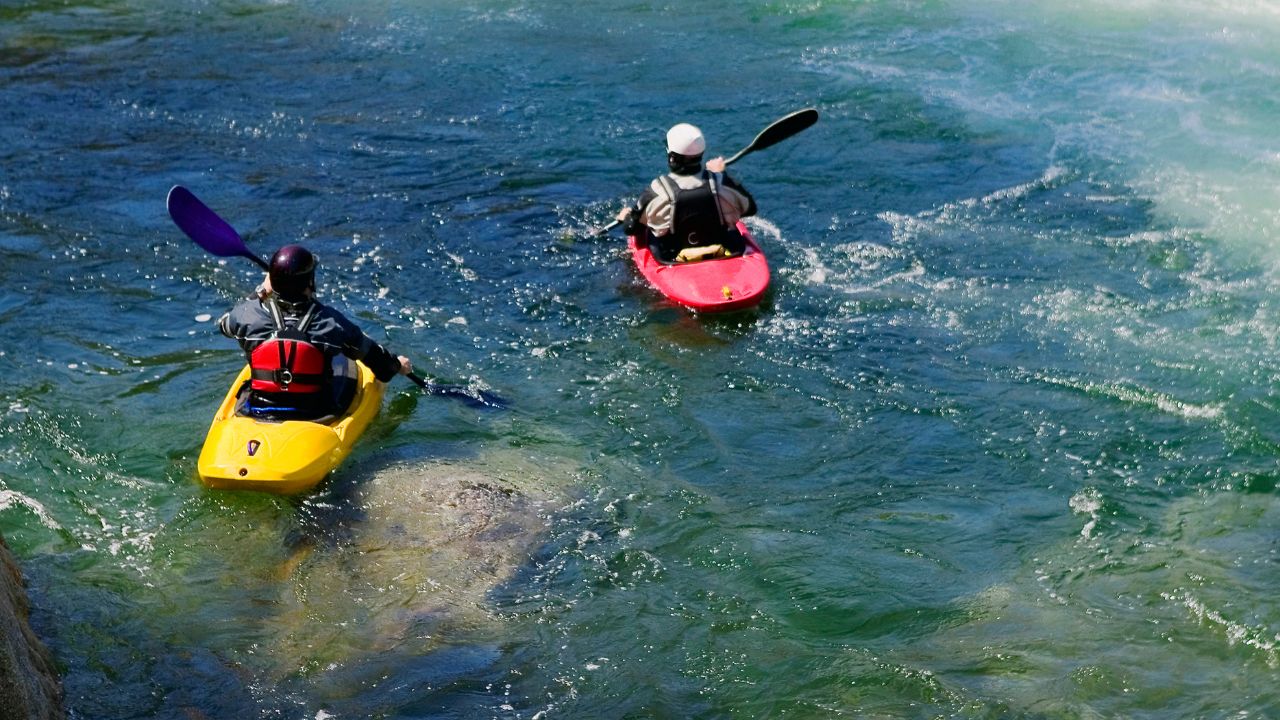
Another consideration is how much freedom you want. A rafting trip leans on the mild side during the low-water season. Guides navigate downstream while rafters have time to relax as they are sprinkled with a few friendly splashes.
A raft moves slower because it is bigger and heavier than a kayak. It requires strategic navigation between emerging rocks from the riverbed, while inflatable kayaks glide more easily between obstacles. Kayakers are in charge of getting downstream as the guide doles out instructions.
It is up to the paddler to pick a line through what is ahead, skirt around rocks, and tackle rapids. It adds zest to the experience. Those who want the tour operator to navigate will choose a raft. The kayak calls those who want to be the navigator.
Rafting is as active or inactive as the guests prefer. Guests usually do not paddle the entire trip like the guide, which provides time to relax. Kayaking is an all-around active experience. Kayakers paddle most of the time.
They will likely be splashed in the kayak at least once as they move and steer downstream. Kayaking involves some physicality and swimming to get back into the craft. It is part of the fun. If you like to paddle and swim, choose the kayak. Others will find rafting more enjoyable.
Is It Better Rafting the Upper or Lower Grand Canyon?
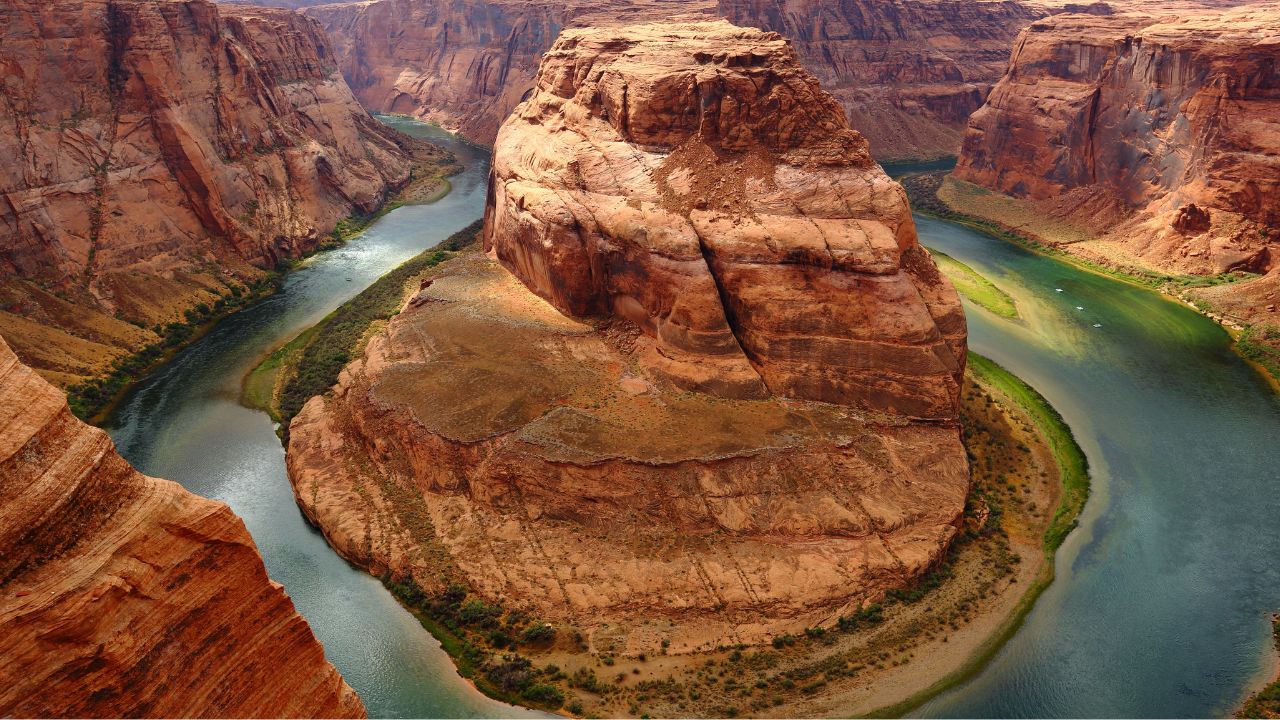
Grand Canyon rafting trips are divided between Lower Canyon and Upper Canyon trips. When a rafting trip starts at Lee's Ferry, near Horseshoe Bend, the first take-out location is 225 miles down the Colorado River.
If you want to raft only the river's lower canyon or upper section, you must hike in or out of the canyon. Companies offer to fly guests in and out by helicopter for a fee.
Upper Canyon Trips
On the Upper Canyon trips, there are layers of the canyon to see. For the first 100 miles, they unfold and grow approximately 40 feet each day. Different layers of rock are exposed as they push toward the sky.
Guides tell about the history of the ragtag adventurers and early explorers who made the first river trip through the canyon. You learn how dams built or prevented from being constructed impacted the environment and how the region suffered from a years-long drought.
You see the area where Native American tribes lived, visit remnants of their societies and archeological sites, and learn about the conditions they sought—access to the rim, good soil, and clear water. Guests hear how the National Park Service pushed the tribes out of the canyon to make way for Grand Canyon National Park.
The Upper Canyon trip is a six to seven-day trip. It is an introduction to the Grand Canyon and its history.
Lower Canyon Trips
The Lower Canyon rafting lasts nine to ten days and starts in the middle of the canyon. Guests hike down Bright Angel Trail with a guide. The hike is less strenuous than hiking up the canyon like upper canyon rafters do. Either walking in or out is incredibly challenging in the sweltering summer.
Most rafting guides believe the lower canyon trip is more beautiful than the upper. That being said, guides believe that people who cannot do the full canyon rafting adventure should choose the upper section to see the development and change of the rock layers and learn more about the canyon's history.
How Do I Choose a Grand Canyon Rafting Trip?
Things to consider when choosing the best Grand Canyon adventure include:
-
The type of raft
-
Physical exertion required
-
Ages and interests of the group
-
The time you want to spend
Classic Grand Canyon Rafting Adventure on the Colorado River
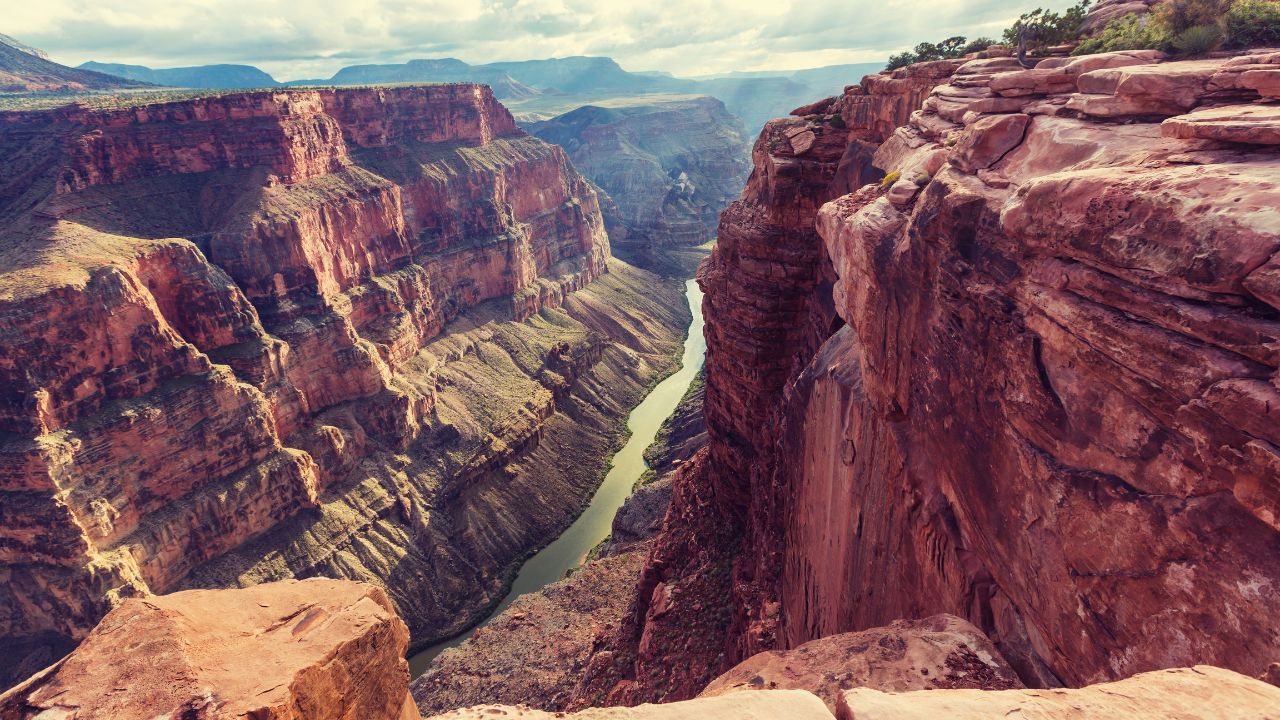
There are three rafting options: Full Canyon, Lower Canyon, and Upper Canyon. These options offer flexibility based on the time you want to spend on a trip. Boat types include paddle rafts and oar boats. An oar boat or raft can be substituted, if available, with a hard-sided dory.
Each day, guests choose the raft type and level of adventure, making the trip suitable for all experience levels.
The Upper Canyon trip involves rafting 89 miles and hiking up the Bright Angel Trail at the journey's end. For a Lower Canyon trip, guests hike down the trail on the first day and raft the last 137 miles.
Motorized Trip
Motor trips allow you to experience the entire 226 miles of the Colorado River. They are the best option for those with a short timeframe who want to see the entire canyon. The motor trip also requires the least effort in the shortest amount of time.
No paddling is required. Guests take in the beauty and enjoy a fun, wild ride. It is perfect for all fitness levels and multigenerational groups.
All Paddle Raft Trips
These trips are the most active. You do not paddle nonstop all day, but guests participate in paddling every day. They are the most physically demanding. Full Canyon, Lower Canyon, and Upper Canyon trips are available.
There are paddle rafts and support oar boats for carrying gear downstream. This trip best suits those who enjoy sharing time with others, teamwork, and a physical challenge. The choice of Lower Canyon and Upper Canyon trips requires the same hike in and out of the canyon.
The Bright Angel Trail Hike
The hike up and down Bright Angel Trail is beautiful and an excellent opportunity to see the canyon up close. However, it is only for some. The trail is 7.5 miles long and stretches from Pipe Creek to the South Rim of Grand Canyon Village.
The hike is a 4600-foot climb or loss of elevation. Guests pack 15 to 25 pounds, including three quarts of water and a sleeping bag. The hike takes between six and eight hours.
Can a Beginner Kayak the Grand Canyon?
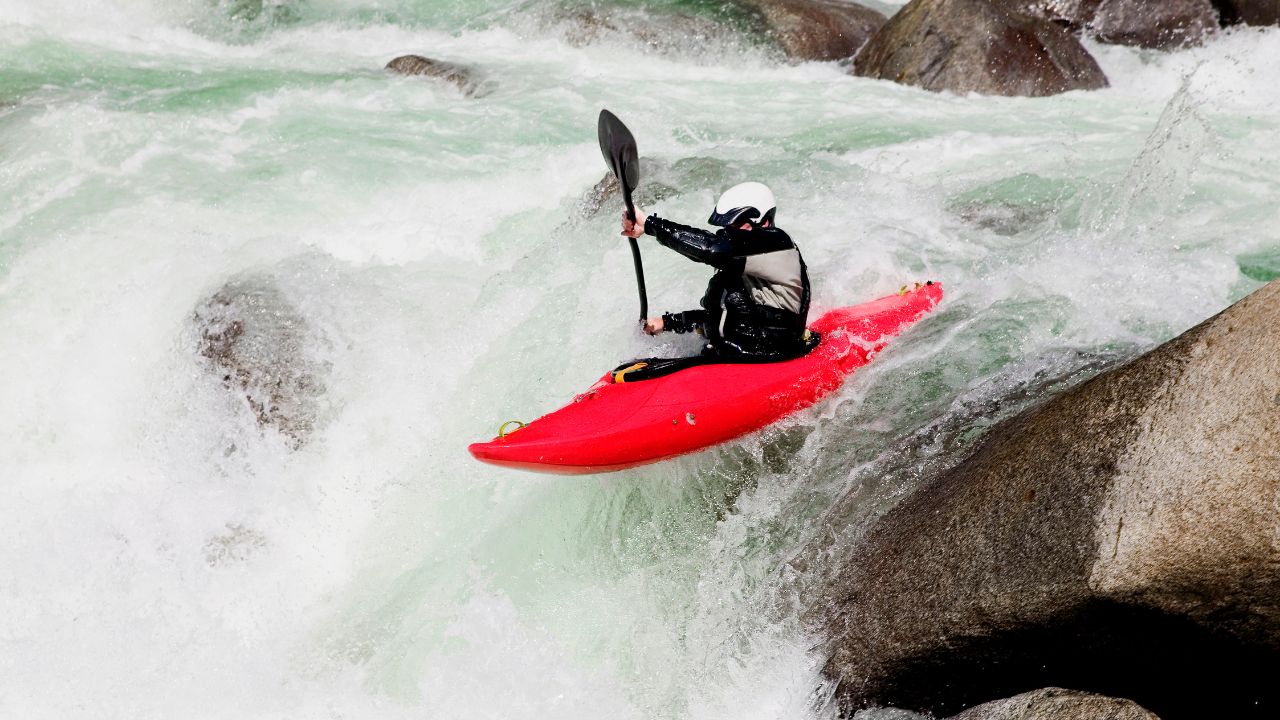
The Grand Canyon is among the world's iconic natural wonders. People are drawn to kayaking its waters, which is possible, but the Colorado River is vast and challenging.
The canyon is more than 276 river miles long. It has a vertical relief of more than a mile. The Colorado River is home to challenging whitewater. Four things you need to know
-
You must be a strong swimmer.
-
You must have experience kayaking whitewater.
-
You must be prepared for the weather.
-
You must have a permit.
There are many places to get pinned against a rock or swept over a waterfall. Because the Colorado River has big whitewater that is among the most challenging in the world, you must be able to maneuver it safely.
The weather in the Grand Canyon changes quickly. The best times to go are spring and fall when the weather is slightly cooler, and river levels are low. Monsoon season is from mid-July to early September. You must be prepared for anything. All private and commercial Grand Canyon rafting adventure trips require permits.
The Routes
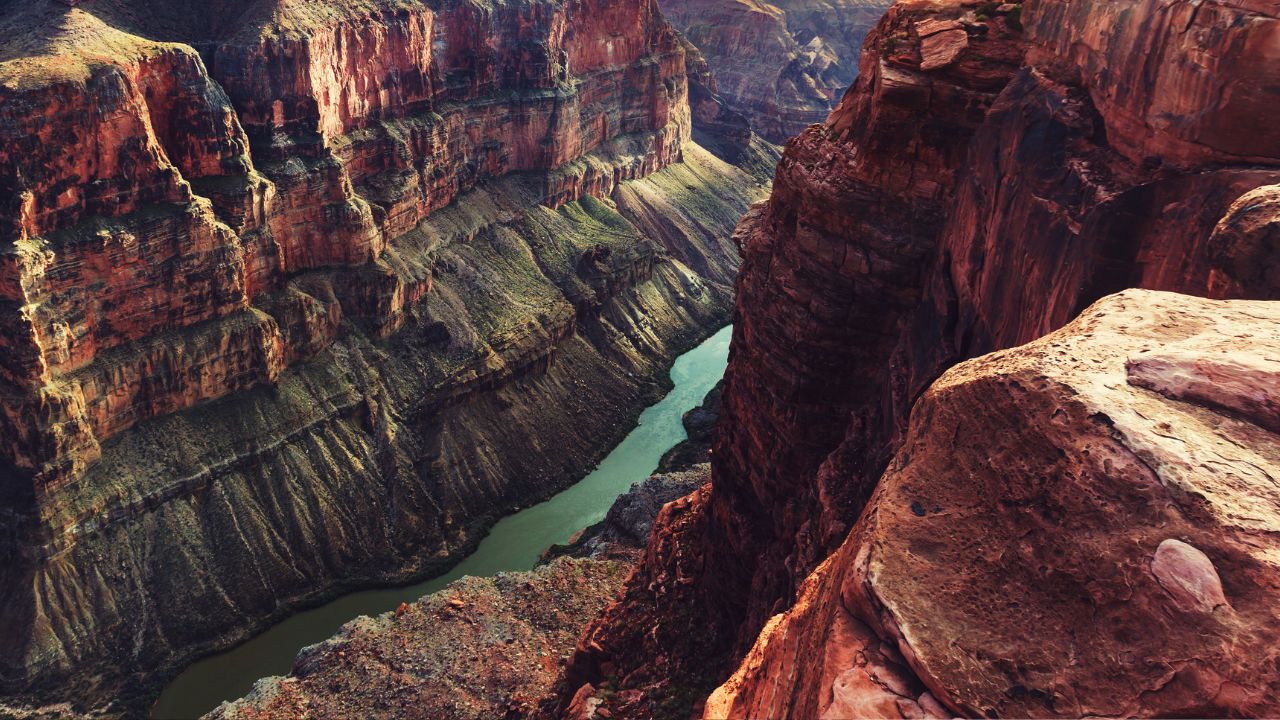
There are two main routes when kayaking the Colorado River: the North Rim Route and the South Rim Route. The North Rim Route is the more challenging, longer trip. It starts at Lees Ferry and ends at Phantom Ranch. It is approximately 276 river miles and takes approximately 14 days to complete.
The easier, shorter route of the South Rim starts at Grand Canyon National Park Visitor Center and ends at Diamond Creek. It is approximately 180 river miles long and takes approximately ten days.
Risks

There are risks associated with kayaking. They include
-
Canyoneering
-
Dehydration
-
Flash Floods
-
Heatstroke
-
Hypothermia
-
Rapids
-
Snakebites
-
Sunburn
-
Waterfalls
Conclusion
If you are uncertain if you are ready to kayak, choose a shorter, one to two-hour river trip that provides excitement and refreshment without getting too tired. During the low water season, rafting can be a hands-on experience, mainly if you help the guide maneuver rocky river sections.
Rafters will have a mild experience, while kayakers will have a more intermediate experience. Most paddle trips are hybrid trips. Kayaking and rafting trips travel together. If you are with a group with both those who prefer a kayak and those who prefer a raft, you can do both.
Kayaking is a challenging and rewarding experience that lets you see an unforgettable natural wonder up close. However, being aware of the risks and prepared before you go is essential. Motorized boats are recommended for people who are short on time.
River raft trips also allow visitors to see memorable sites such as slot canyons, towering waterfalls, fascinating petroglyphs, and mesmerizing turquoise water.
Contact Advantage Grand Canyon today to search for rafting trips from all the top 15 outfitters in one place and book your next Grand Canyon rafting trip!











